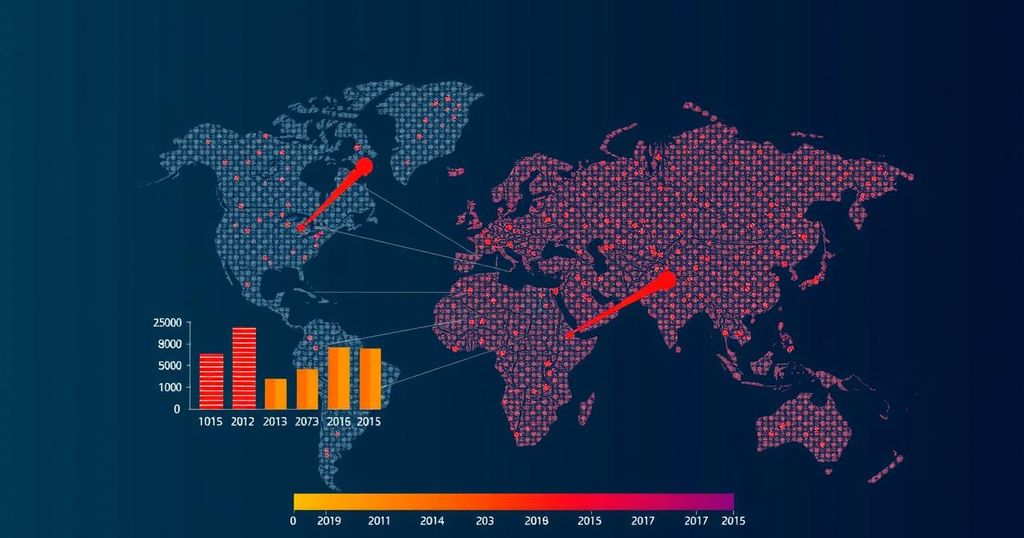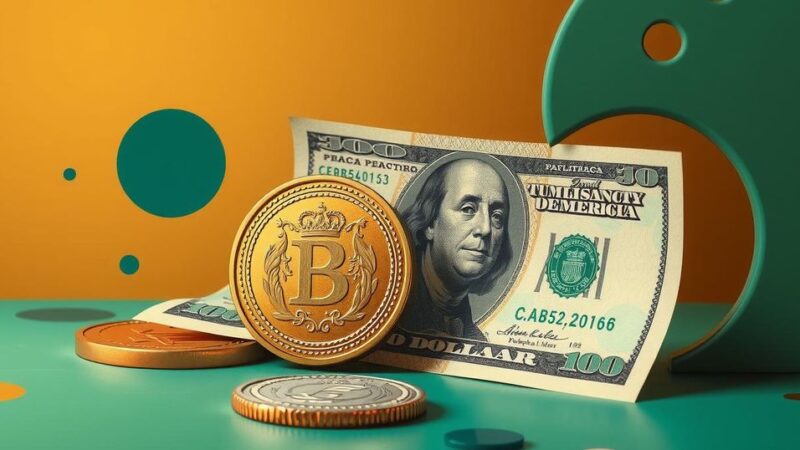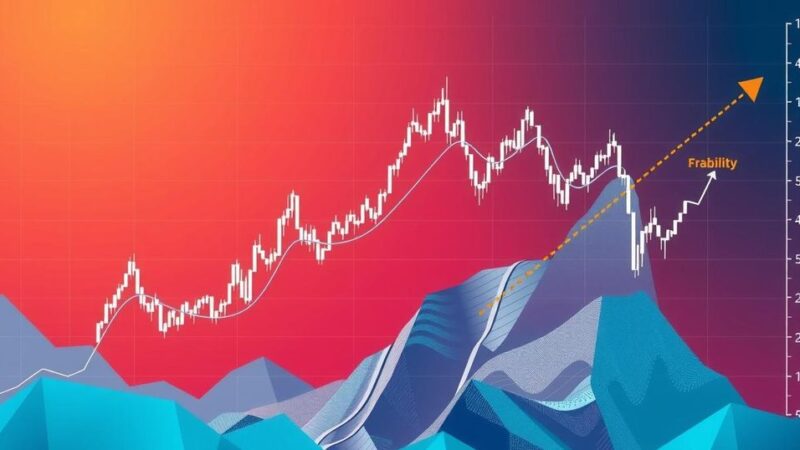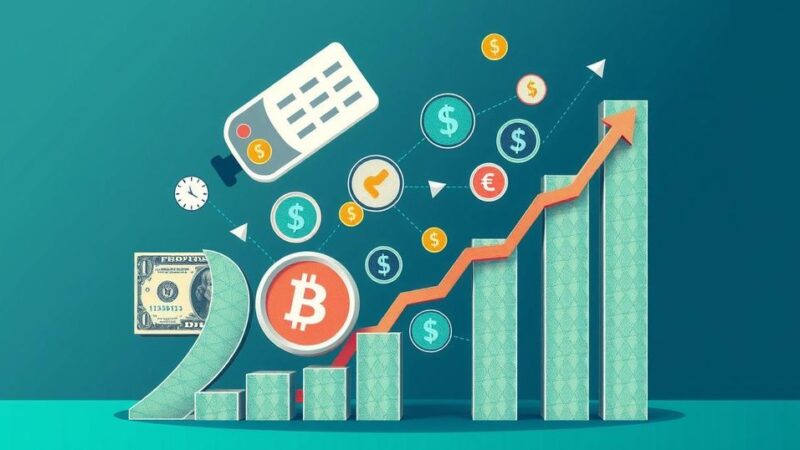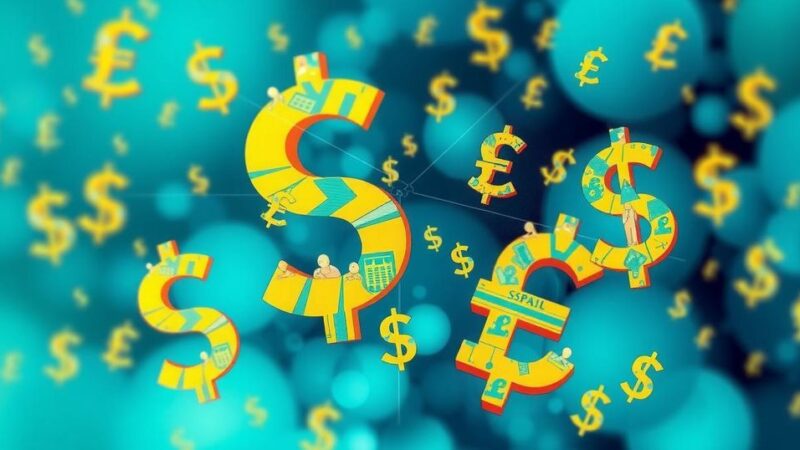Donald Trump’s return to the presidency in January 2025 is expected to generate significant uncertainty for the global economy. Key topics discussed included potential tariffs, immigration policies, and the future of green energy investments. The implications of tax cuts on inflation and interest rates pose additional considerations for central banks. Overall, the economic landscape will likely experience both challenges and opportunities as the new administration articulates its policy direction.
The return of Donald Trump to the presidency in January 2025 ushers in an era marked by significant uncertainty for both the U.S. and global economies. At a recent event at the London Business School, economists discussed the potential economic impacts of Trump’s upcoming policies, particularly in light of his past administration’s practices. Key topics included tariffs, immigration policy, and the future of green investments.
Among the most pressing issues is the likelihood of high tariffs on imports, particularly on China and Mexico. Trump’s proposals suggest imposing a blanket tariff of up to 20% on imports, with potential tariffs reaching 60% on China and as high as 200% on Mexico. Such measures could lead to a decrease in global GDP growth by approximately 0.8 percentage points, according to the latest forecasts from the International Monetary Fund. However, history indicates that these tariffs may serve as negotiating points rather than final figures, as seen during his previous tenure.
Another critical component of discussion was the anticipated impact of immigration policies aimed at deporting undocumented migrants. The implementation of such policies could have far-reaching consequences on labor supply across various sectors. Moreover, with Republican control of Congress, there may also be drastic shifts in renewable energy policy, potentially undermining the green investments initiated by the previous administration. This sets the stage for a complex interaction between traditional energy sectors and emerging green technologies.
The panel also addressed the implications of extending tax cuts and the resulting effects on inflation and interest rates. The continuation of tax cuts could exacerbate the federal budget deficit, leading to increased inflationary pressures. Central banks are likely to respond cautiously, maintaining restrictive monetary policies for a prolonged period in order to manage inflation expectations. The interconnectedness of U.S. economic policies will influence the strategies of other central banks globally, as they anticipate movements in interest rates and currency valuations.
Furthermore, topics related to digital currencies and deregulation in financial markets were broached, illustrating a broad range of issues that will require close analysis as the new administration takes office. In summary, while the Trump administration’s return signifies potential challenges for the global economy, it may also present new opportunities as the economic landscape evolves in the coming year.
The 2025 elections in the United States represent a critical juncture not only for domestic policies but also for international economic relations. Donald Trump’s return signifies a continuation of his previous policies, which were characterized by significant tariff implementations and protectionist measures. This backdrop creates uncertainty regarding trade dynamics, inflation rates, labor markets, and environmental policies. The global economic landscape is intertwined with U.S. policy decisions, making it imperative for economists and policymakers worldwide to monitor developments closely as the 2025 administration unfolds.
In conclusion, Donald Trump’s expected return to the presidency in 2025 is set to create considerable uncertainty and volatility for the global economy. Key issues such as tariffs, immigration policy, and approaches to green energy investments will be pivotal in shaping economic trends. As central banks navigate the potential repercussions of fiscal policies on inflation and interest rates, the interconnected nature of global economies will necessitate careful observation of U.S. policy changes. Conclusively, while challenges abound, opportunities may emerge as the new administration articulates its economic strategies.
Original Source: www.forbes.com
